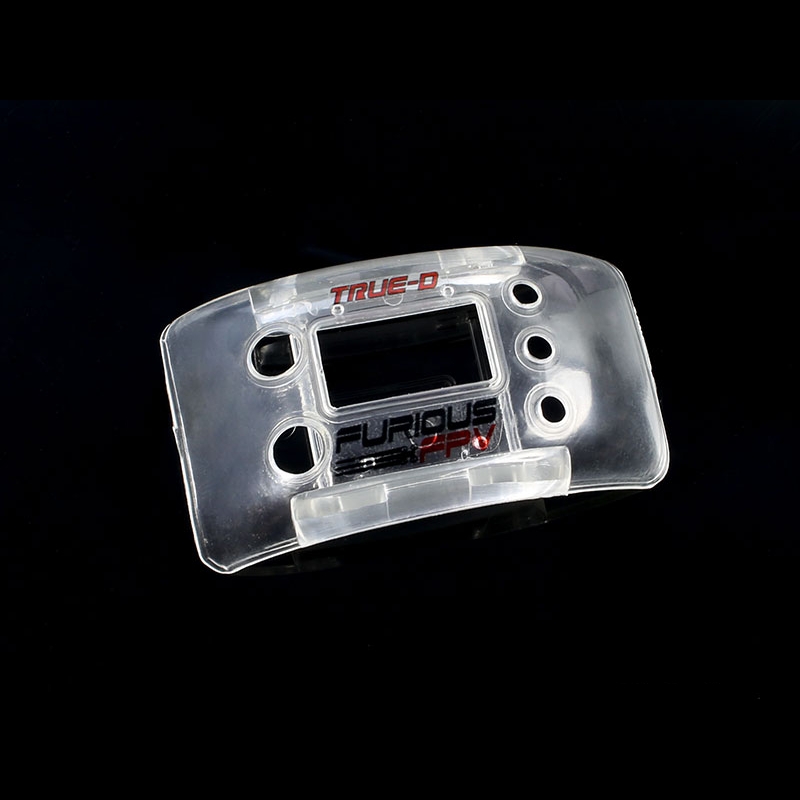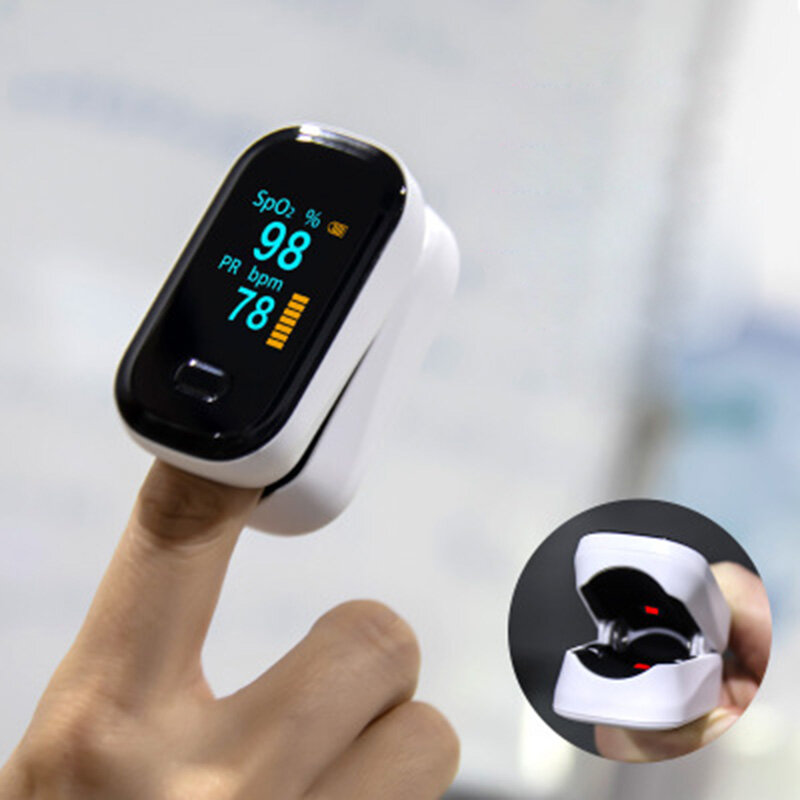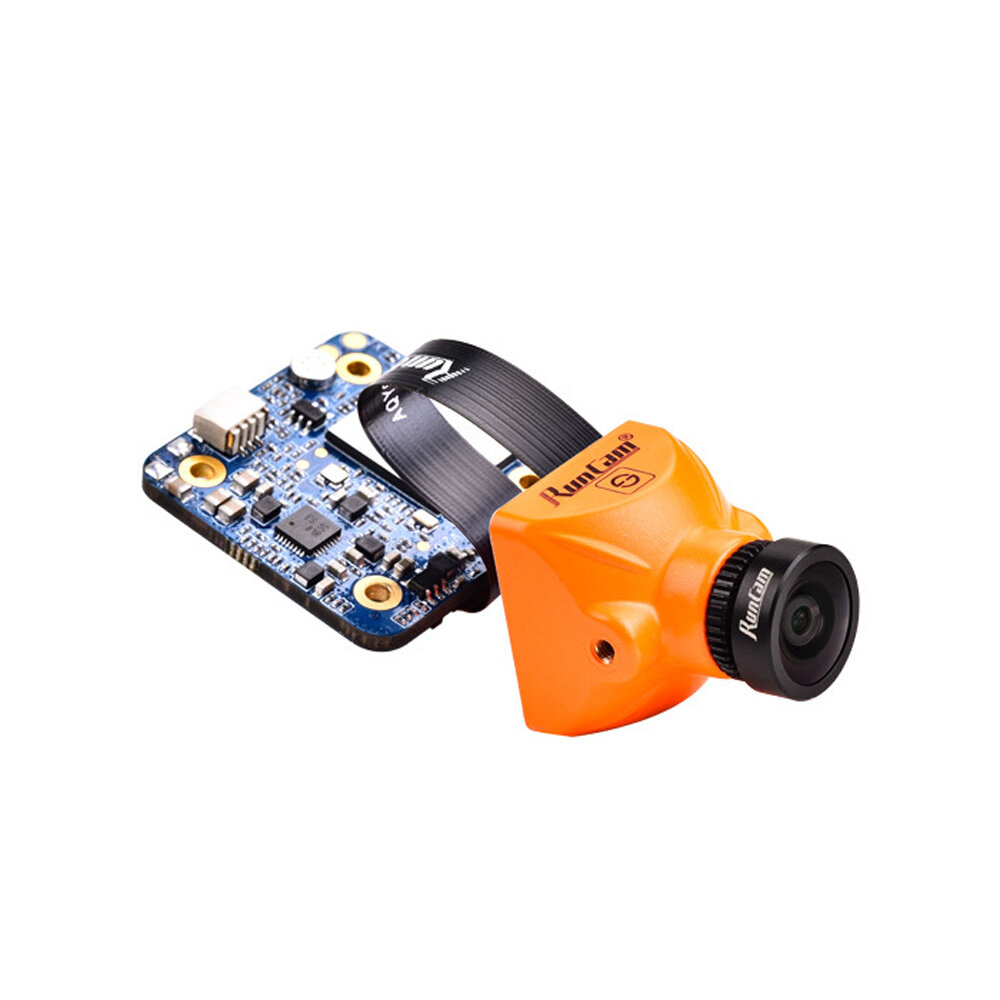Lipo Calculator
Move the sliders according to your setup. The table displays calculations based on the information given. Adjust flying load according to your wishes.
| Flying load (%) ¹ | Calculated values | |||
| Maximum (A) draw | ||||
| - Full capacity usage | (A) draw based on sel. flying load (% ) | |||
| Flying time in minutes | ||||
- Normal usage | Flying time in minutes 80% rule ² | |||
| Minimal need of cells (C) ³ | ||||
| Maximum power consumption (W) ⁴ | ||||
| Charge rate (A) |
¹ Selected flying load will help you define the maximum flying time based on selected mAh capacity. Flying load is based on type of flying and/or weight of the copter. If you don't know, leave it on the default 30%, which is quite normal.
² The 80% rule is commonly used in LiPo calculations. It's not good for you LiPo to drain it completely. Therefore, a LiPo warner will let you know when voltage levels become lower then 20%.
³ The minimum need is based on the maximum needed current (Ampère) drawn from the LiPo
⁴ Power consumption (Watt) is not really a factor for choosing your LiPo. But it is for choosing the right cabling. Don't get those cables burned out by using choosing cables too thin.
What are LiPo batteries
A LiPo battery consists of multipe cells. These cells deliver approx. 3.7 Volts. A 4S LiPo would therefore supply 14.8V.
Apart from the cells, a discharge rate is defined by the letter 'C'. Most batteries cases say something like "25C to 40C" discharge rate. This means that 25C is the nominal discharge rate and 40C is the maximum burst discharge rate. It's advisable to stay on or below nominal discharge level to preserve battery future life. Not all brands say something about the peak discharge rate on the battery itself. For more on that, I suggest to read the manual or ask your supplier.
The battery's capacity is defined in mAh. mAh means milli-Ampere per hour. A battery with a 1000mAh capacity can deliver 1 Ampere (1000mA/1000) for 1 hour. Or 1mA for 1000 hours. The battery capacity, together with the LiPo battery's discharge rate will define its maximum current output (Ampère, A). This fact is very important to keep in mind, when choosing a LiPo battery. The combination of capacity and discharge rate is what you will need. It's important to know that the battery cells don't count up for maximum current draw. The amount of cells only determine the voltage (V) of your LiPo, as needed for your equipment.
Example calculation of discharge rate:
A 3S 2200maH 40C LiPo pack will get you this: 2200mAh x 40C = 88.000 mAh discharge rate 88.000 mAh / 1000 = 88 Ampere constant discharge rate.
So, a 2200mAh / 40C LiPo can only handle an Ampère draw of 88A at max. So that's why the combination capacity/discharge rate is of such importance for selecting the right LiPo for you project.
Example calculation of max. flying time:
A constant current draw of 20A from a 2200mAh LiPo will get you:( 2200mAh /1000) / 20A = 0.11 x 60 = 6.6 minutes flying time.
Please notice that current draw depends on your way of flying and external factors such as resistance, weight and wind. Preferably, always use a LiPo low battery warner on your RC device. This will warn you when the battery is drained before it's fully empty (20%). Don't push the LiPo. They don't like to get discharged to the bottom. And you won't like your multicopter falling down from the sky suddenly either.
Charge rate
Most LiPo vendors will tell you what the maximum charge rate of the battery is. If not, keep in mind a maximum charge rate of 1C. So, a 4000mAh LiPo can be charged at a maximum rate of 4000mAh / 1000 = 4A. Please use a special build LiPo battery charger and NO OTHER! Overcharging can cause your LiPo to catch fire and burn your belongings to Kingdom Come.




































